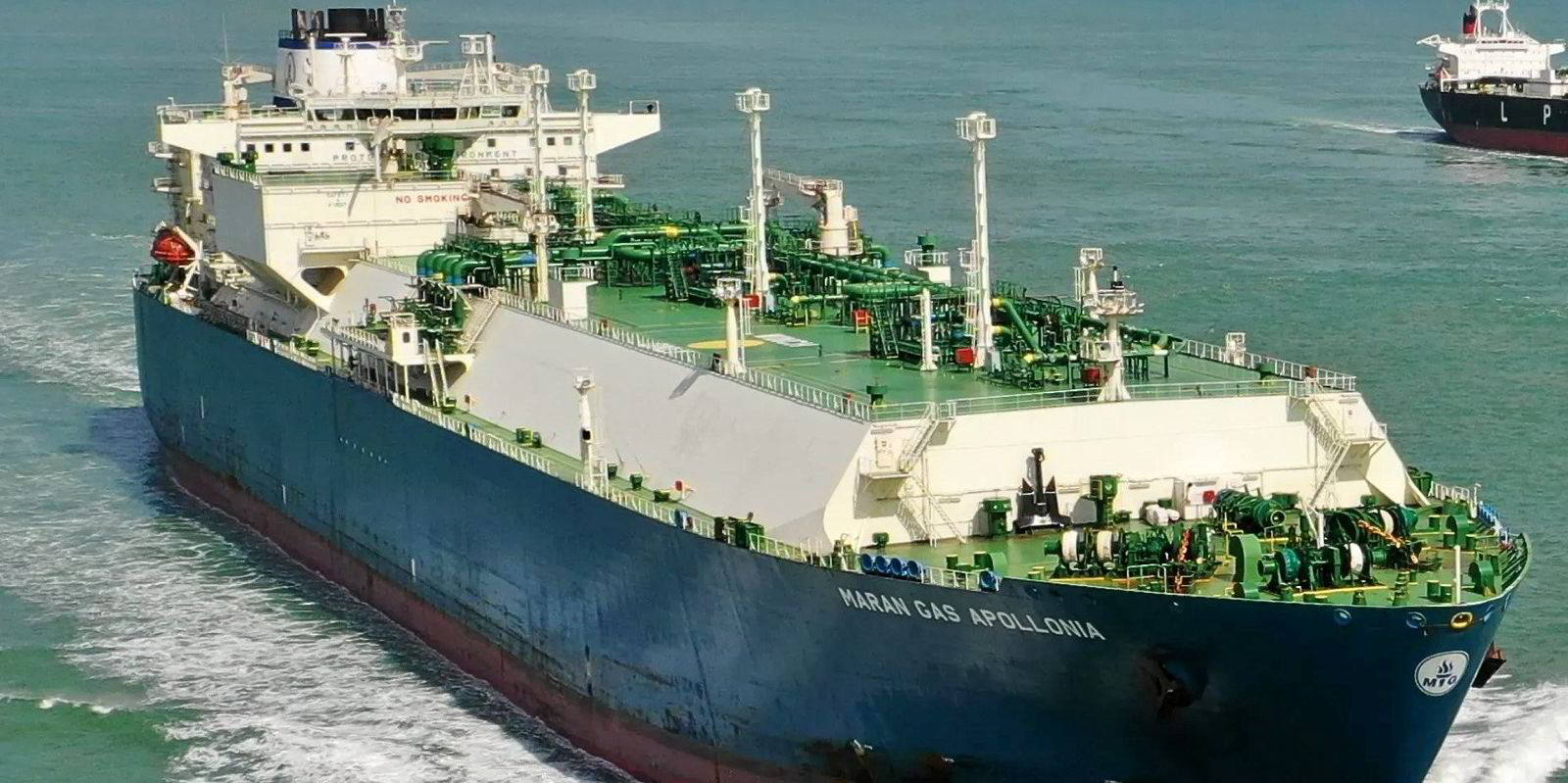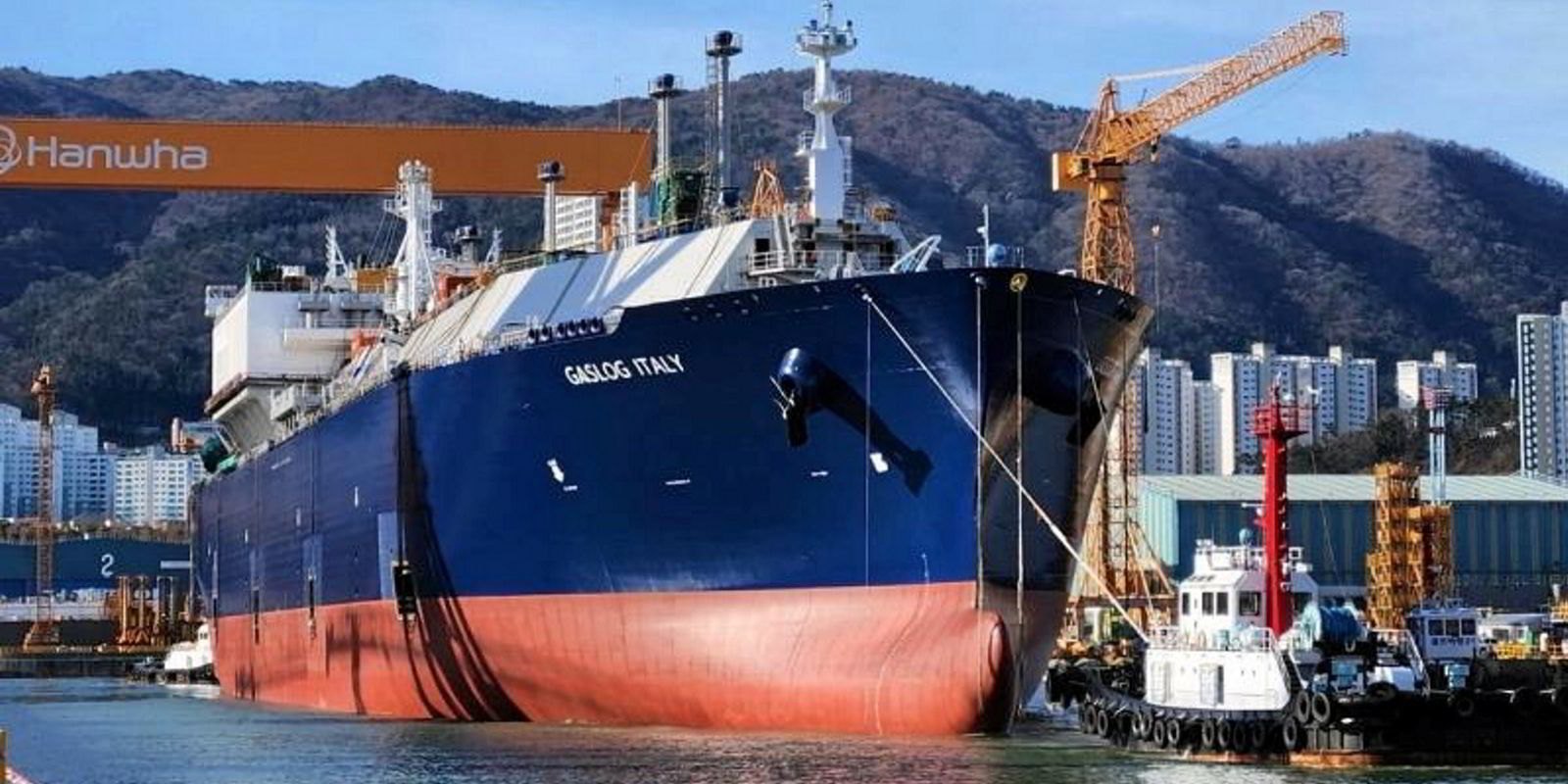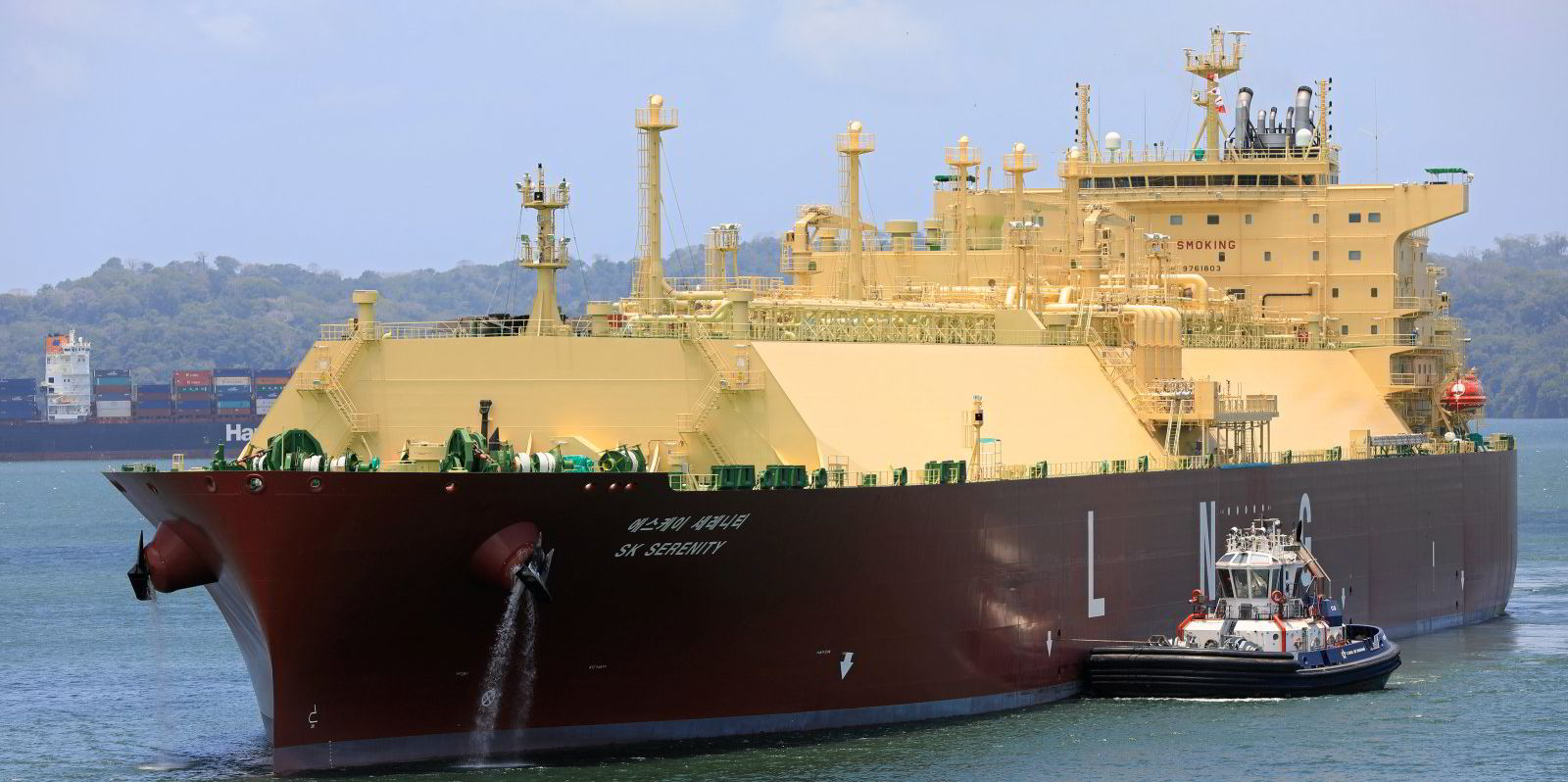An LNG carrier controlled by Maran Gas Maritime has gone into a shipyard for repair work to its membrane-type cargo containment system.
Kpler data shows the 161,870-cbm Maran Gas Apollonia (built 2014) arrived in Samkang S&C Co’s Goseong Shipyard around 7 February.
Sources in South Korea following the vessel said repair work is scheduled to be carried out on its Mark III membrane cargo containment system in two of the ship’s tanks.
One said the job is expected to take around two months and is already underway.
A spokeswoman for Maran Gas said the company does not comment on operational matters.
GTT, which designs the Mark III-type LNG systems, indicated that it cannot comment on ongoing dry-docking work as these are the responsibility of a vessel’s owner.
In November, TradeWinds reported on the ongoing debate within the LNG industry regarding LNG carriers fitted with Mark III membrane-type cargo containment systems, some of the issues being encountered and whether these require repairs.
Shipowners and those working closely with LNG carriers reported that small tears or holes of a few centimetres in length can and have developed in the invar layer of the glued triplex secondary barrier in Mark III systems on some LNG carriers.
These show up in thermal tests carried out on vessels’ cargo containment systems but require further investigation to determine their seriousness.
The issue appears to be widely acknowledged by LNG shipowners, technical experts, class and GTT.
They have put the problems down to poor workmanship — particularly in relation to the glued system, shipyard pressures at the time of building and the new ways in which vessels are traded.
This publication previously named the Maran Gas Apollonia, which was built by HD Hyundai Samho Heavy Industries, as among those ships in which an unusually high number of temperature abnormalities had been identified following testing.
Documents seen by TradeWinds also identified a similarly high number of issues in another vessel in the Greek shipowner’s fleet.
Other owners have also indicated they are aware of the problems but have yet to name any ships which are particularly affected or may need repair work.
Under the requirements of the International Code for the Construction and Equipment of Ships Carrying Liquefied Gases in Bulk, or IGC Code, membrane-type systems require a tight secondary barrier as a backup should the primary barrier adjacent to a vessel’s cargo be breached.
The debate among LNG industry participants centres on whether these tank issues compromise cargo tank safety and so need repairs.
The International Maritime Organization passed this question to the International Association of Classification Societies to examine, which has been looking at a revision of the tank height requirement for repairs, which would then limit required works to certain areas.
GTT chairman and chief executive Philippe Berterottiere has previously highlighted that there have never been any issues on the Mark III primary membrane and asked if the industry should not now adopt a more “pragmatic approach” to the problems.
The French design company said in February that it completed tests at the end of 2023 on its new cargo containment system Next1, which features two metallic barriers.







